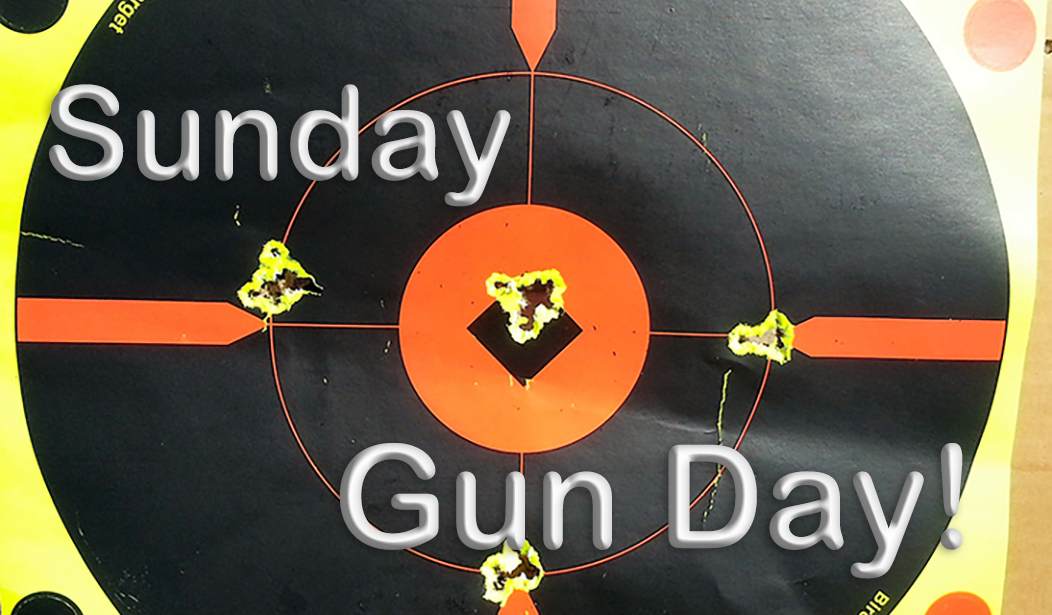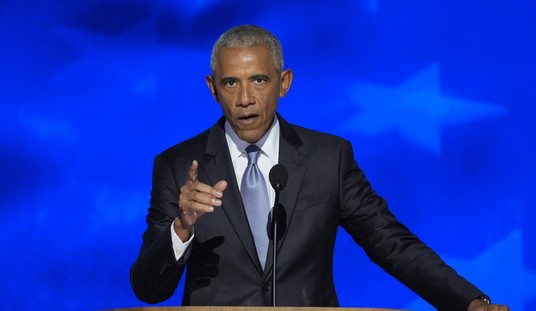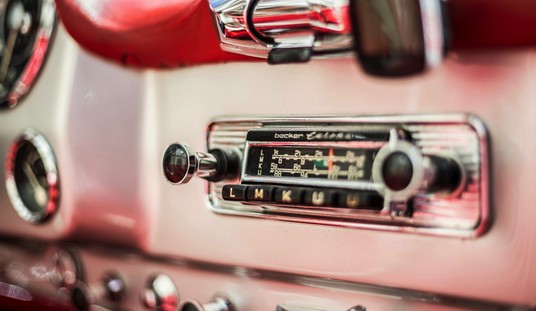Why a Bottom-Ejection Shotgun?
Pump shotguns have followed pretty much the same pattern since the famous Winchester Model 12, and with good reason: It works. That pattern is a gun with a tubular magazine under the barrel, and a forearm slide that works the action. Ammo is loaded into a port in the bottom of the receiver and empties, ejected out another port to the right of the receiver.
Modern pump shotguns are also still popular today because, not only do they work, they are rugged and versatile, digesting a wide range of ammo with aplomb. But starting in 1910, American shotgunners were offered another option: Bottom ejection, in which live ammo was loaded and empties ejected through the same port on the bottom of the receiver.
Why? There are a couple of reasons why a gun like this might appeal. For one thing, there’s no chance of dust, mud, or rain getting in the ejection port, because there is no ejection port, and the port at the underside of the receiver is more sheltered from the elements. And if you’re a southpaw, the advantages are obvious. Bottom-ejection guns are more amenable, not to mention that one won’t have ejected cases flying past your face.
So, let’s take a look at the history of the American bottom-ejection shotgun, and for a lot of folks who are familiar with the wonderful Ithaca Model 37 – we have two in the safe here – it may be a mild surprise that the story begins not with Ithaca, but with Remington.
The Remington Model 10
My first exposure to this piece came when I was about 18. My sister called me and said that her friend's father had just passed away, and he had a couple of old guns in his closet that the family hadn’t known about. She wanted to know if I wanted them, since the dead man’s family didn’t want them around. Naturally, I said I’d take them. There were two: An old Mossberg .22 caliber bolt gun and an old, bottom-ejection shotgun – a Remington Model 10.
Designed by Remington engineer John Pedersen, of “Pedersen Device” fame, the Model 10 was the first bottom-ejection pump gun to be mass marketed. The Model 10 also served in the Great War as a “trench broom” alongside its more famous cousin, the Winchester Model 1897; the wartime Model 10 was, like the 1897, fitted with sling swivels, a shortened barrel, and a bayonet lug.
In 1930, Remington’s C.C. Loomis fiddled with the design some, and Remington released the updated version as the Model 29. All in all, 275,600 Model 10s were made, along with 38,000 Model 29s, before production ended in 1933.
Ah, but then – enter the Da Vinci of firearms, and an immortal shotgun was born. But there was a step in the middle.
Read More: Sunday Gun Day Vol. II Ep. XXV - How One Mormon Gunsmith Changed the World
The Remington Model 17
In 1915, the Maestro patented yet another shotgun, this one a pump gun, hammerless, bottom-loading, and bottom-ejecting, and a takedown gun, at that. The new 20-gauge gun was light, a tad under six pounds empty, and handy. Browning sold the design to Remington, who called it the Remington Model 17. There was a catch, in fact, a Great War was going on, so the new gun was left on the shelf until 1921, when Remington was caught up after wartime production. Big Green only made the Model 17 from 1921 to 1941, with only about 72,644 guns built in all. But it did form the basis for three other shotguns: The side-ejection Remington Model 31, which was replaced by the simpler, easier to manufacture Model 870, along with the next two guns on the list: The Ithaca Model 37, and the Browning “Browning Pump Shotgun,” or BPS.
The Ithaca Model 37
The story of the Model 37 is an interesting one. In 1931, the Ithaca Gun Company decided they were going to try to grab some of the market share away from the Winchester’s Perfect Repeater, the Model 12. Rather than design a new gun from scratch, Ithaca took another tack; they took the Remington Model 17, gave it to Ithaca engineer and designer Harry Howland, who simplified some of the action parts, like the firing pin and ejector, streamlining the guns’ operation somewhat. Then they just had to wait until the patents on the original design expired, which didn’t happen until 1937. But then, at that point, finally, the Model 37 Ithaca was born, and it ended up being a prize for Ithaca.Read More: Sunday Gun Day V - Five Shotguns You Should Shoot Before You Die
The new gun didn’t do well at first. There was a Great Depression on, after all, and not a lot of people had money for new shotguns. Like a lot of sporting guns, the Model 37 ended up shelved; during the war, Ithaca was busily making M1911 pistols and M3 “Grease Guns” for the U.S. and Allied armed forces. But after the war, Ithaca turned its eyes back on the new pump gun, and the Model 37 came into its own.
The Model 37 was made in a bewildering number of variations, including the desirable Featherweights, specialized slug guns, and many, many more. It can be found in 12, 16, 20, and 28 gauge.
The company went through some tough times during the 37’s run, including changes of ownership, and production was paused a couple of times, but never ended. The gun is still in production today, in Ithaca’s plant in Sandusky, Ohio. Over two million have been made; the Model 37 is the only pre-World War 2 shotgun still in production, and has actually surpassed the Model 12 in having the longest production run of any pump shotgun.
We have two in the safe here: My 12-gauge and my wife’s 16-gauge Featherweight. You might be able to buy them from us if you tried; then again, you might not.
But there’s one more bottom-ejection pump gun to look at.
The Browning Pump Shotgun (BPS)
The BPS, as one might expect, remains a John Browning design – sort of. It’s interesting that, for all the pump shotguns John Browning designed, the Browning Company never built and sold a pump shotgun until 1977, when they introduced the BPS. It was a modified version of the Remington Model 17, with some modernizing changes, like having the bolt lock into a barrel extension instead of the receiver, and a magazine cutoff.
The BPS sold well enough, and was available in all the gauges, including the .410 bore, the 28, 20, and 12 gauges, and in a big, heavy thing called the BPS-10, in the thumping 10 gauge. But after 47 years of production, the Mikoru, Japan-made BPS, is now sadly defunct.
The Remington 105 CTi
Now, with this last entry, there’s a catch. Unlike the other pieces in this history, this relative newbie isn’t a pump gun. It’s a bottom-ejection semi-auto. The gun’s receiver is not the more usual steel or aluminum, but instead, titanium, thus the “Ti” in the name. It also used carbon fiber in parts of the receiver and elsewhere.
Loading and ejection are, like the pump guns mentioned, through the bottom of the receiver. It’s light – 7 pounds, 1 ounce. I have never handled one of these guns, so I can’t give you any idea as to what that may be like. I will say they look a little space-agey for my tastes.
The bottom-ejection design is an interesting one. Granted, it adds a little complexity to a design in which complexity isn’t always desirable; simplicity generally yields reliability, especially in a gun where hot weather, cold weather, dust, snow, and rain would be a factor. But these designs work just fine, and in the case of the Ithaca Model 37, it produced a gun that still has a dedicated following, as well as being yet another example of the fact that when John Browning designs a gun, he gets it right.















